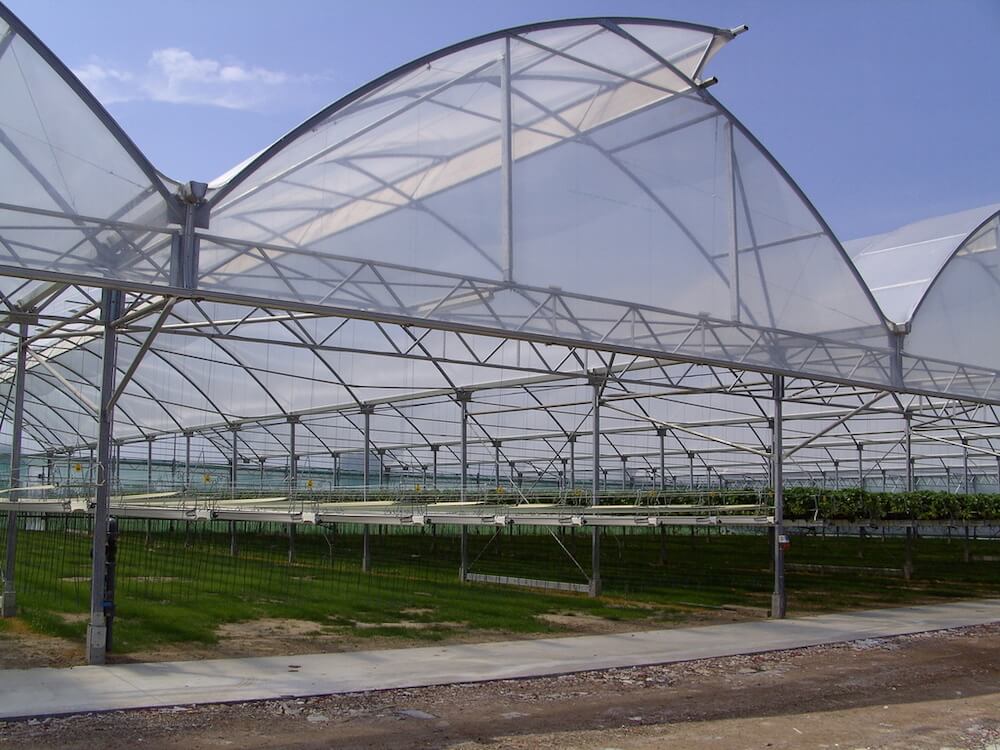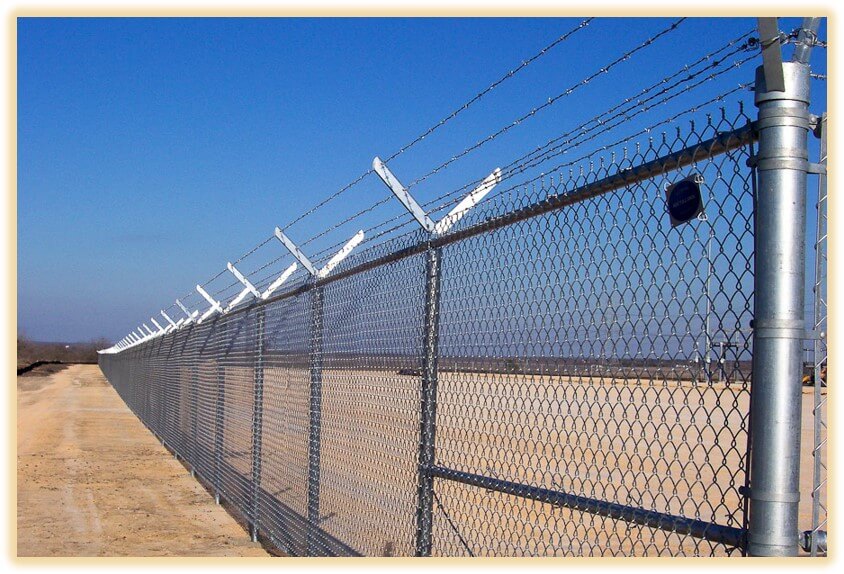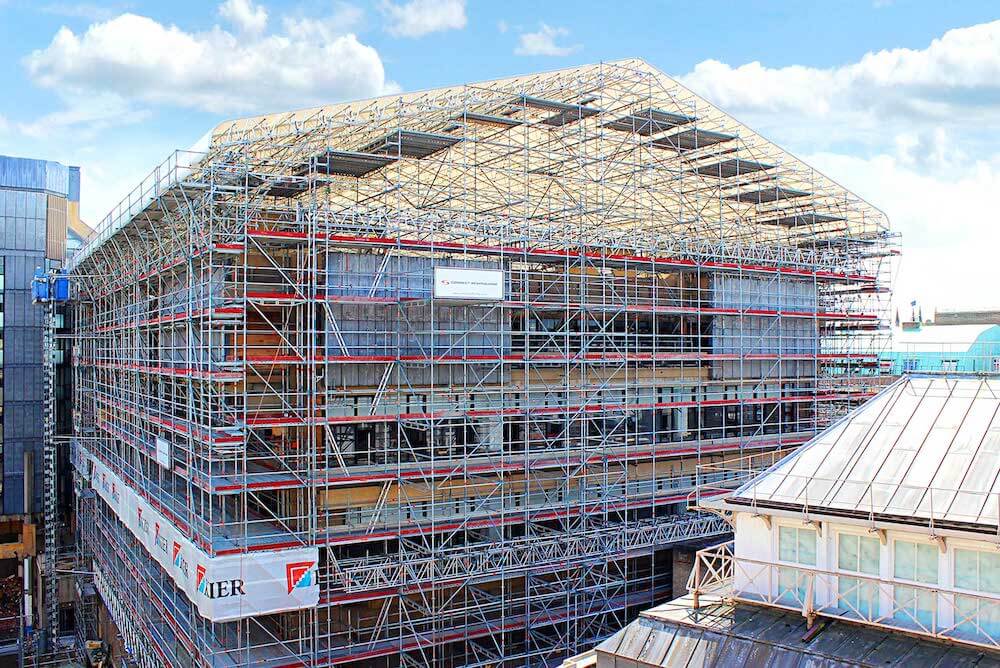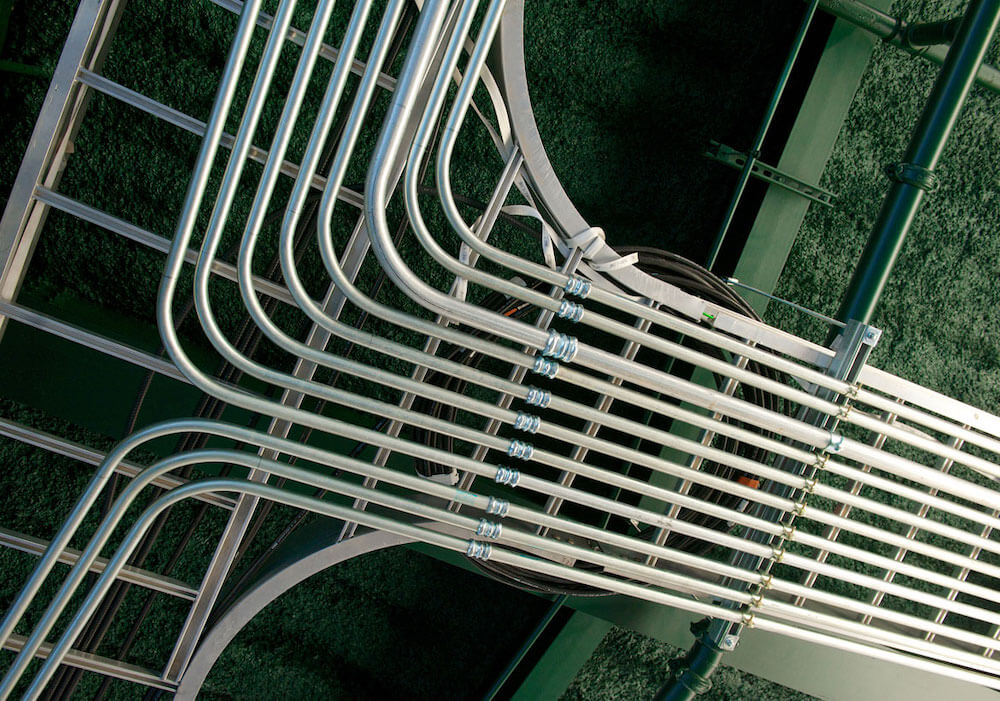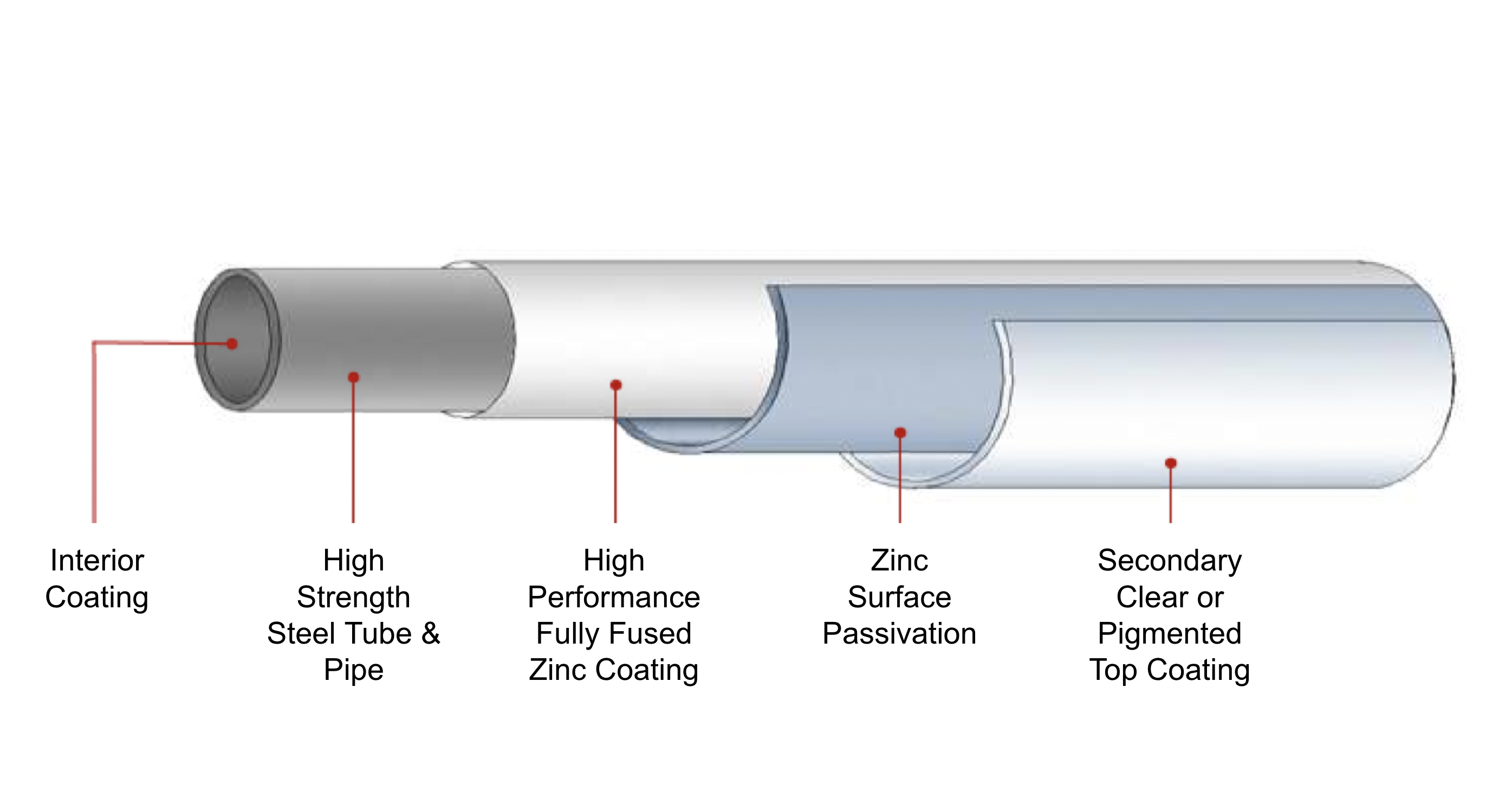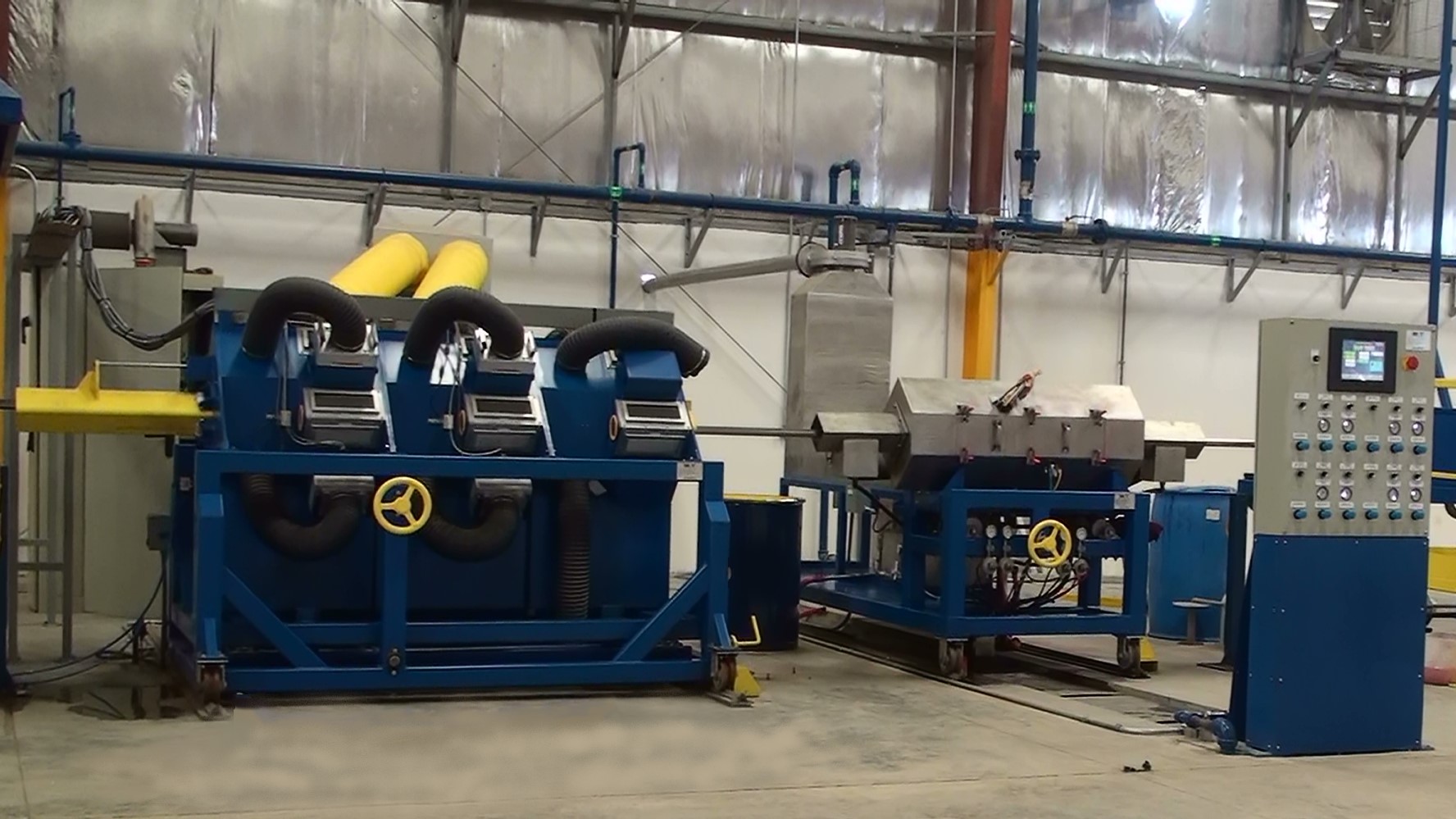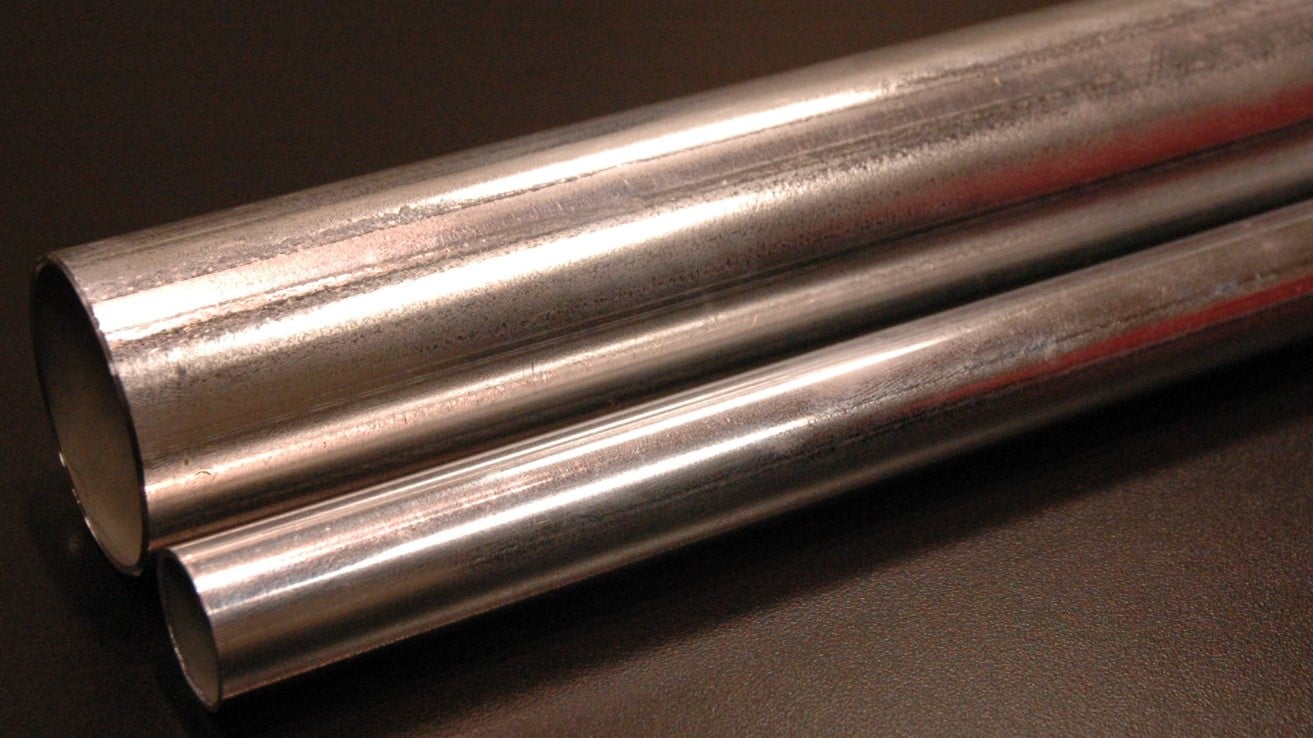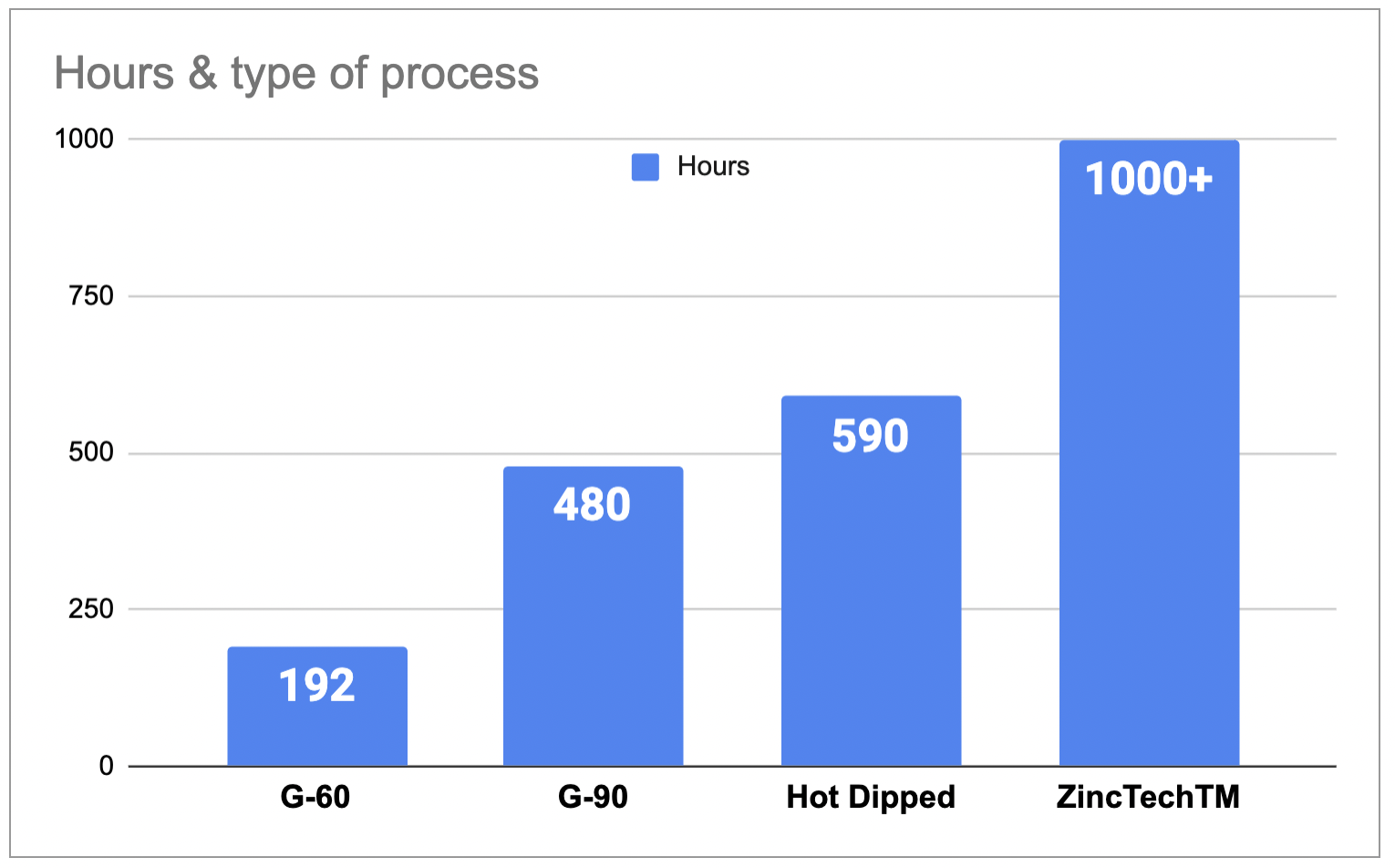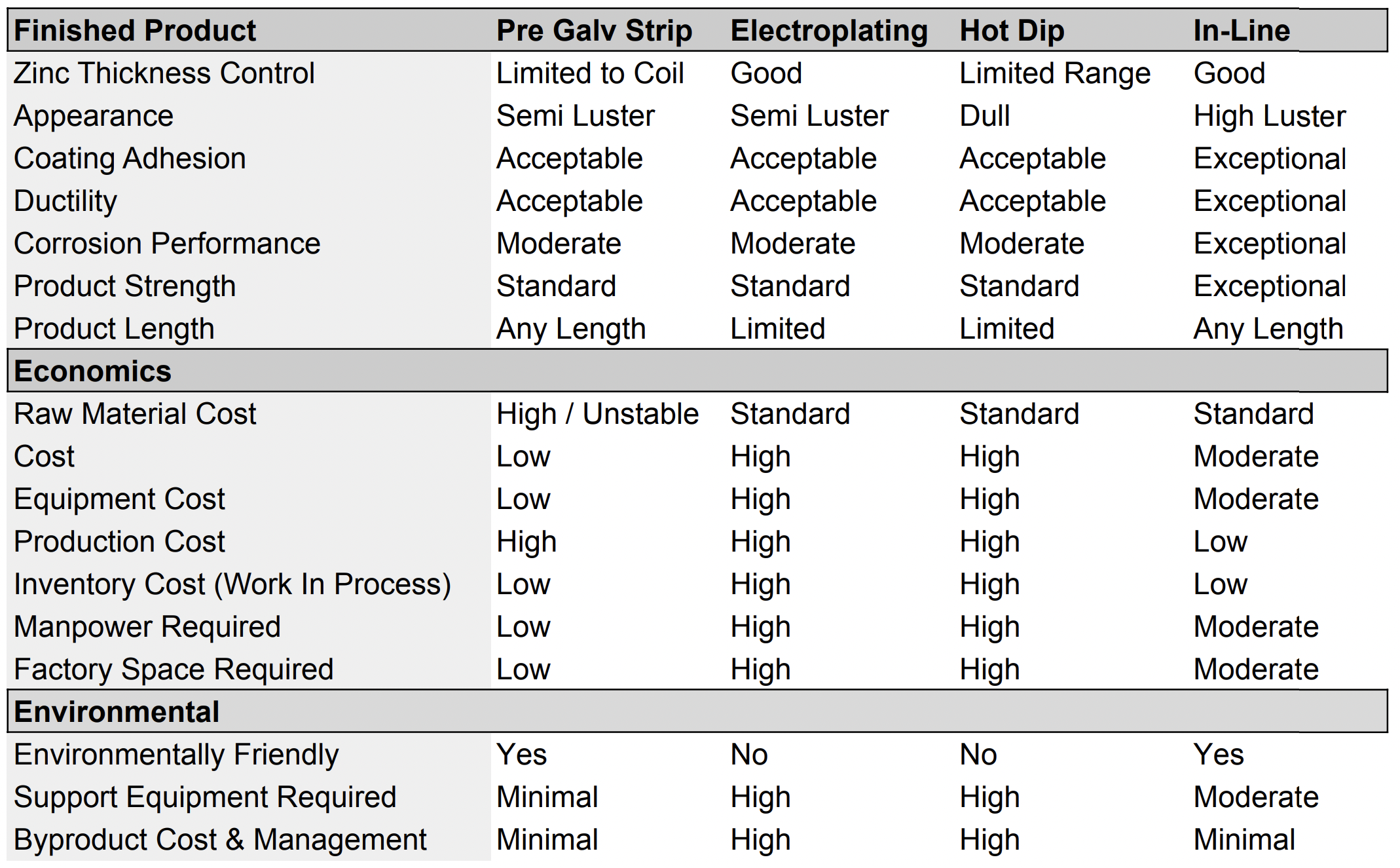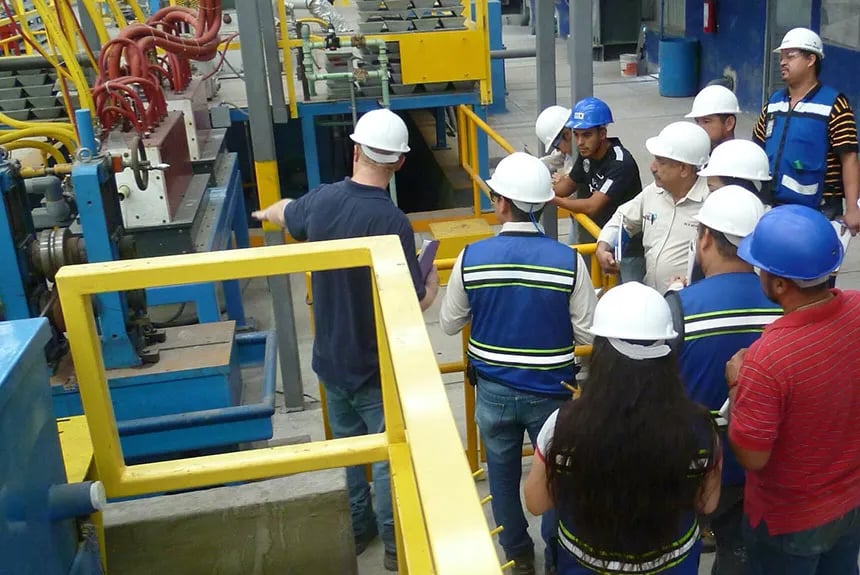Galvanizing of Steel Tube intended for use in greenhouse structures must be strong, resist humid environments and be easy to fabricate. Tubing manufactured with the Zinc-Tech™ inline galvanizing process will outperform any other production method like hot dip galvanizing or pre-galv strips. The following summarizes the unique product characteristics and benefits of greenhouse tube manufactured by the inline galvanizing process.
Read More


